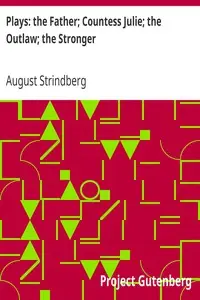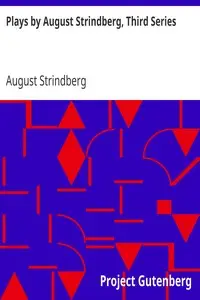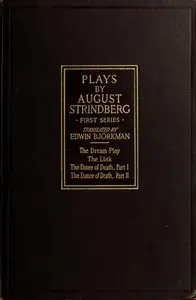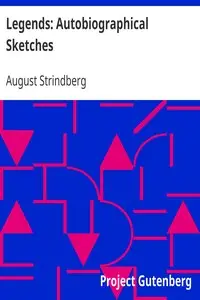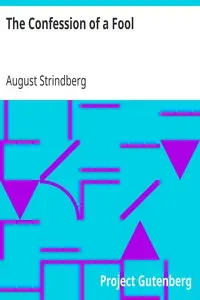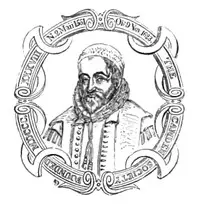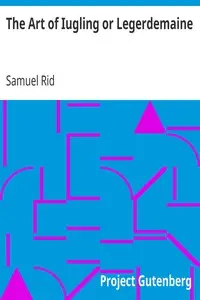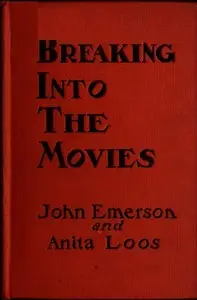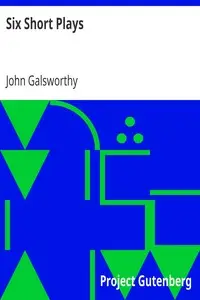"Plays by August Strindberg: Creditors. Pariah." by August Strindberg is a set of two dramatic plays from the late 1880s, including "Creditors," a play that looks closely at marriage and relationships through the interactions of its characters, mainly Tekla, her current husband Adolph, and her ex-husband Gustav. The story shows the jealousy, authority, and unspoken promises that life partners make to each other, by exploring the strained tension between these three points of view. “Creditors" begins with Adolph, a painter, and Gustav, Tekla’s previous husband, in a deep discussion at a summer hotel by the coast. Adolph is still upset over Tekla’s leaving him and feels he has lost control. As they talk, Gustav slyly plants seeds of doubt in Adolph's mind about Tekla's loyalty and their marriage. This scene builds suspense and makes Adolph face uncomfortable truths about his relationship with Tekla, with psychological examinations and conflicts soon follow. This first complex interaction starts an emotional breakdown that puts Adolph's sense of self into question, making for a captivating and thoughtful beginning to the play.

Plays by August Strindberg: Creditors. Pariah.
By August Strindberg
In a late 19th century coastal summer hotel setting, a painter is manipulated into questioning his wife's devotion and the foundation of his identity by her former husband, igniting a psychological battle fueled by jealousy and unspoken debts.
Summary
About the AuthorJohan August Strindberg was a Swedish playwright, novelist, poet, essayist, and painter. A prolific writer who often drew directly on his personal experience, Strindberg wrote more than 60 plays and more than 30 works of fiction, autobiography, history, cultural analysis, and politics during his career, which spanned four decades. A bold experimenter and iconoclast throughout his life, he explored a wide range of dramatic methods and purposes, from naturalistic tragedy, monodrama, and historical plays to his anticipations of expressionist and surrealist dramatic techniques. From his earliest work, Strindberg developed innovative forms of dramatic action, language, and visual composition. He is considered the "father" of modern Swedish literature and his The Red Room (1879) has frequently been described as the first modern Swedish novel. In Sweden, Strindberg is known as an essayist, painter, poet, and especially novelist and playwright, but in other countries he is known mostly as a playwright.
Johan August Strindberg was a Swedish playwright, novelist, poet, essayist, and painter. A prolific writer who often drew directly on his personal experience, Strindberg wrote more than 60 plays and more than 30 works of fiction, autobiography, history, cultural analysis, and politics during his career, which spanned four decades. A bold experimenter and iconoclast throughout his life, he explored a wide range of dramatic methods and purposes, from naturalistic tragedy, monodrama, and historical plays to his anticipations of expressionist and surrealist dramatic techniques. From his earliest work, Strindberg developed innovative forms of dramatic action, language, and visual composition. He is considered the "father" of modern Swedish literature and his The Red Room (1879) has frequently been described as the first modern Swedish novel. In Sweden, Strindberg is known as an essayist, painter, poet, and especially novelist and playwright, but in other countries he is known mostly as a playwright.

